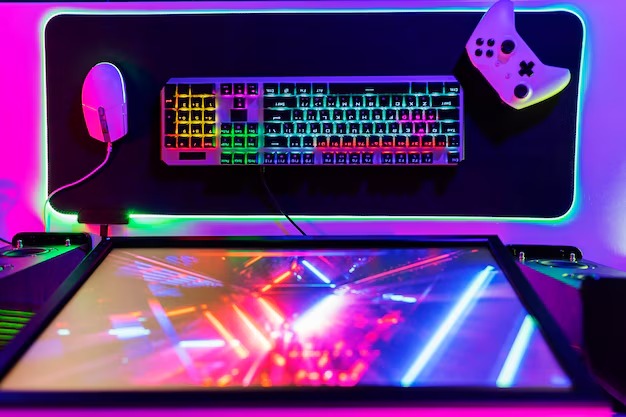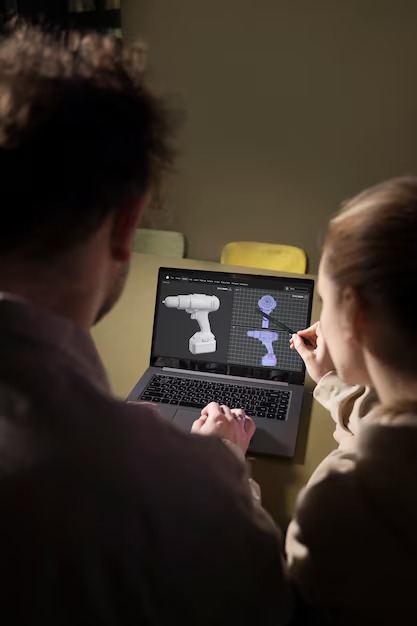Some graphics cards offer just what we what for the right price. If you want a GPU that allows you to play in your 1080p monitor or TV screen while offering a good performance and a low consumption, the AMD Radeon R7 260 might be just what you’re looking for.
Introduction
The Radeon R7 260 is AMD’s latest creation; this card costs around 100 Euros, therefore your expectations shouldn’t be too high. However, they’re capable of offering a great performance for the price.
Technical Specs
The card we will show you today is not the one that’s available in stores. This reference model won’t be sold anywhere, but what we do know about it is that it will be small enough to be used with the latest and smallest cases.
The Radeon R7 260 is one of the newest AMD models, so you can be sure it includes the latest features and functionalities, such as Crossfire without a physical bridge, TrueAudio support, ZeroCore technology, second-generation AMD PowerTune and more. Therefore, it can be considered a smaller and more affordable version of the latest high-end cards.
The Radeon R7 260 features 768 shader engines, 1GB of GDDR5 memory and a 128-Bit data bus. It has a processing power of 1.54 Tflops and works at 1GHz. Its 6gbps memory bus offers a bandwidth speed of up to 72GB/s. Very interesting for HD graphics.
Even better is that it consumes less than 95W TDP, with a single six-pin PEG connector. This is excellent for those looking for a powerful –not to mention very silent- graphics card with a moderate consumption.
Clear Objectives
AMD’s objective for this model is very clear. Since the new generation consoles will feature AMD graphical chips, the company’s influence in PC gaming will also increase. AMD’s Mantle technology, a development API, will make porting faster and easier, which will benefit the entry-level graphics cards, like the ones the PS4 or the Xbox One feature.
They’re designed to run most games in medium and high settings, including the latest DirectX 11 games at a 1920×1080 resolution.
You can also combine them with other Radeon graphics cards with 1GB of RAM and a similar architecture (Crossfire) or connect up to six monitors to it. Excellent features at a very affordable price.
It also features TrueAudio to offer high-quality 3D sound to PC gamers, something that until recently only console users could enjoy thanks to the sad fate of DirectAudio.
Performance:
Battlefield 4. 1920×1080. Medium Quality. without FSAA

3DMark FireStrike
Tomb Raider 2013. 1920×1080. Very high quality. 2x FSAA
Metro Last Light. 1920×1080. Mid Profile
Bioshock Infinite. 1920×1080. ultra profile
Analysis and Conclusion
The objective of the Radeon R7 260 is competing against the Geforce GTX 650. Both have the same price, but the performance of the R7 260 is clearly superior. The results are excellent and despite this isn’t a model you can find in stores (it’s just a reference model), without a doubt the custom versions will be even better.
This model is perfect for small computers and those who want a graphics card powerful enough to run even the latest games without spending too much. Sadly we’ll have to wait until the holiday season is over, since it’ll be released on January 14, 2014. Patience is a virtue.







